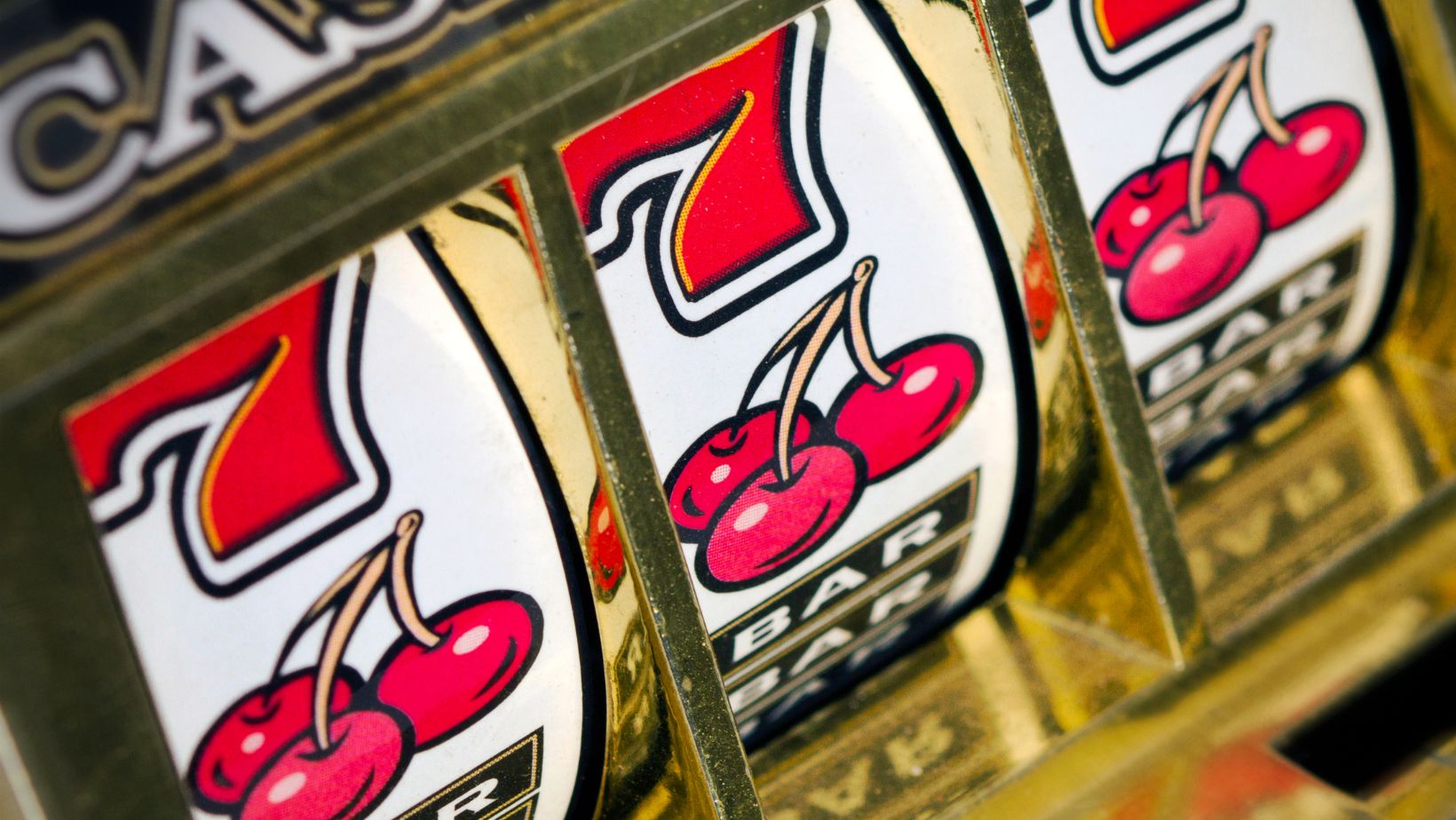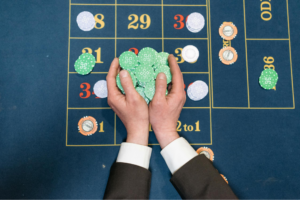
Slot machines, whether found in traditional casinos or online, are designed to be captivating and engaging. These games of chance are engineered to keep players spinning the reels through a combination of visual, auditory, and psychological triggers. Understanding the psychology behind slot machine design can provide insight into why these games are so addictive and what keeps players coming back for more.
The Allure of Slot Machines
Visual and Auditory Stimuli
One of the primary elements that make slot machines so enticing is their use of visual and auditory stimuli. Bright, colorful graphics, flashing lights, and engaging sound effects are all meticulously crafted to grab and hold a player’s attention. The combination of these stimuli creates an immersive experience that can be hard to resist. Each spin is accompanied by sounds of anticipation and excitement, reinforcing the player’s engagement and heightening the sense of reward when they win.
The Role of Near Misses
Near misses are a powerful psychological tool used in slot machine design. This occurs when the symbols on the reels come tantalizingly close to a winning combination but fall just short. Studies have shown that near misses activate the brain’s reward system similarly to actual wins, creating a sense of excitement and the belief that a win is just around the corner. This phenomenon can keep players spinning, driven by the hope that the next spin will result in a big win.
Reinforcement Schedules
Variable Ratio Reinforcement
Slot machines operate on a variable ratio reinforcement schedule, which is one of the most effective ways to maintain a behavior. This schedule means that wins are distributed in a seemingly random fashion, with the number of spins required to hit a win varying unpredictably.
This unpredictability keeps players engaged, as they are conditioned to expect that a win could happen at any moment. The occasional wins serve as reinforcement, encouraging players to continue spinning the reels.
The Gambler’s Fallacy
The gambler’s fallacy is a cognitive bias that plays a significant role in the psychology of slot online machine design. This fallacy is the belief that if an event has not occurred recently, it is more likely to happen soon. In the context of slot machines, players may believe that after a series of losses, a win is imminent. This belief can keep players engaged, as they continue to chase the elusive win that they feel is due.
The Illusion of Control
Perceived Skill and Control
Another psychological factor that contributes to the appeal of slot machines is the illusion of control. Although slot gacor machines are games of chance, they are often designed to make players feel as though their actions have an impact on the outcome. Features like stop buttons and bonus rounds can create the perception that skill or strategy can influence the result, even though the outcome is determined by random number generators (RNGs). This illusion of control can lead to increased engagement and prolonged play.
Personalized Experiences
Modern slot machines, especially online versions, often incorporate elements that personalize the gaming experience. This can include customizable themes, avatars, and storylines that make the game feel more personal and immersive. Personalized experiences can enhance the illusion of control and increase a player’s emotional investment in the game, making it harder to walk away.
The Role of Bonuses and Rewards
Instant Gratification
Slot machines are designed to provide instant gratification, with wins (both small and large) delivered immediately.

This immediate reinforcement is a powerful motivator, as it satisfies the brain’s desire for quick rewards. The frequent small wins, known as “drip-feeding,” keep players engaged and encourage them to keep playing in anticipation of a larger payoff.
Bonus Features and Free Spins
Bonus features and free spins add an extra layer of excitement to slot machines. These features often come with the promise of bigger wins and add variety to the gameplay, keeping it interesting. The anticipation of triggering a bonus round or earning free spins can be a strong motivator for continued play, as players look forward to the potential rewards these features offer.
Conclusion
The psychology behind slot machine design is complex and multifaceted, incorporating visual, auditory, and cognitive elements to create an engaging and addictive experience. By understanding these psychological triggers, players can become more aware of the factors that influence their behavior and make more informed decisions about their gaming habits. Whether playing in a physical casino or online, it’s important to approach slot gaming with a clear understanding of these influences to enjoy the experience responsibly.













